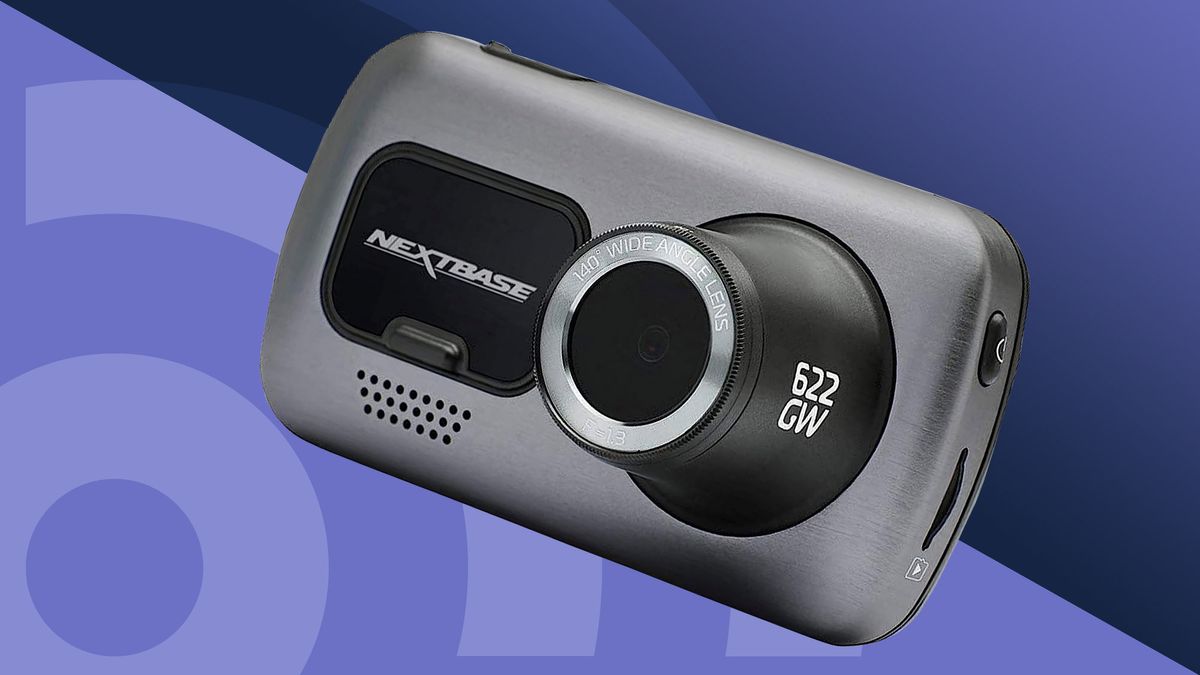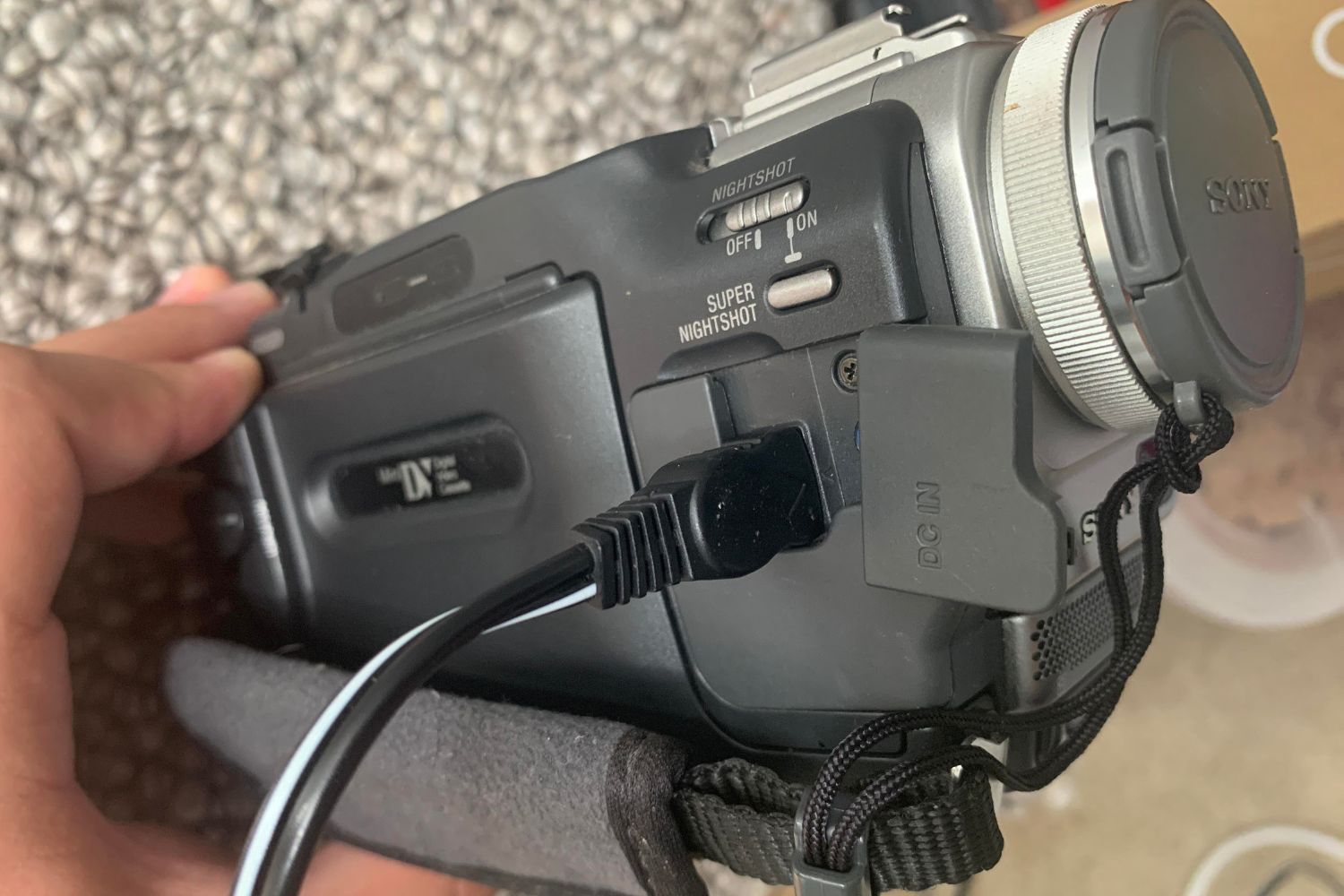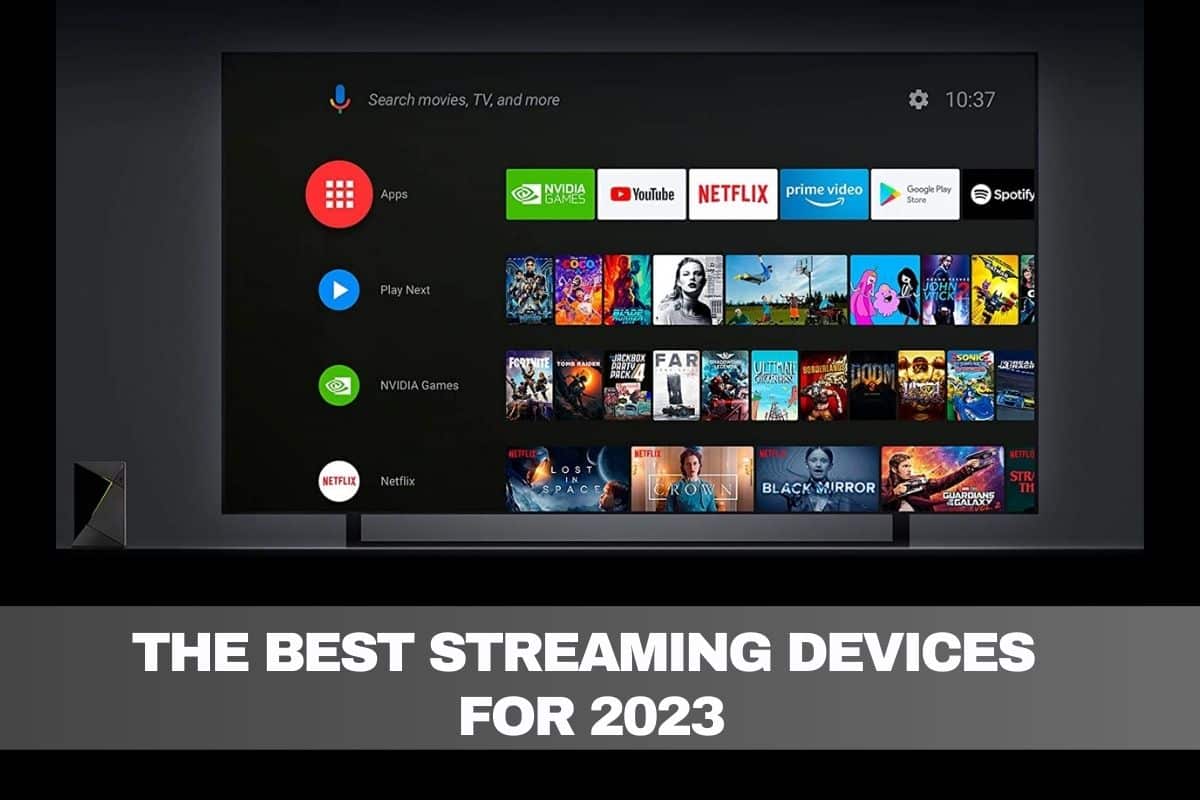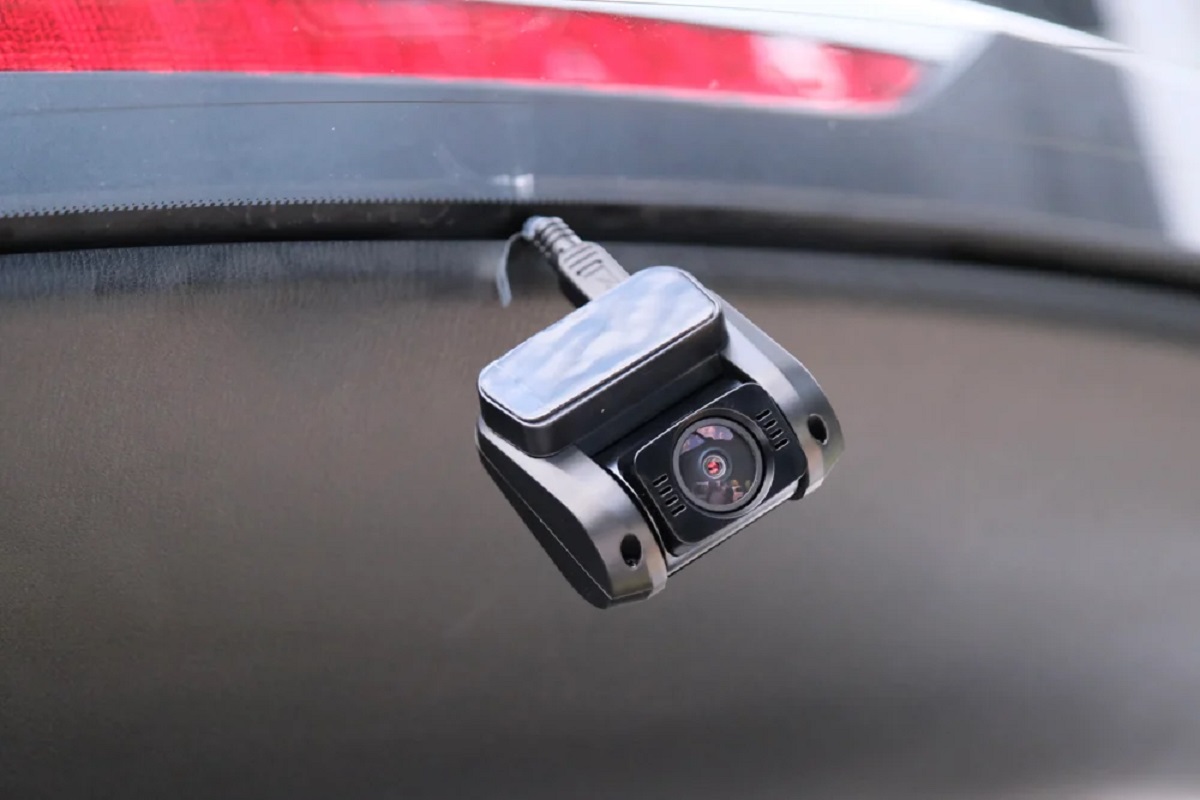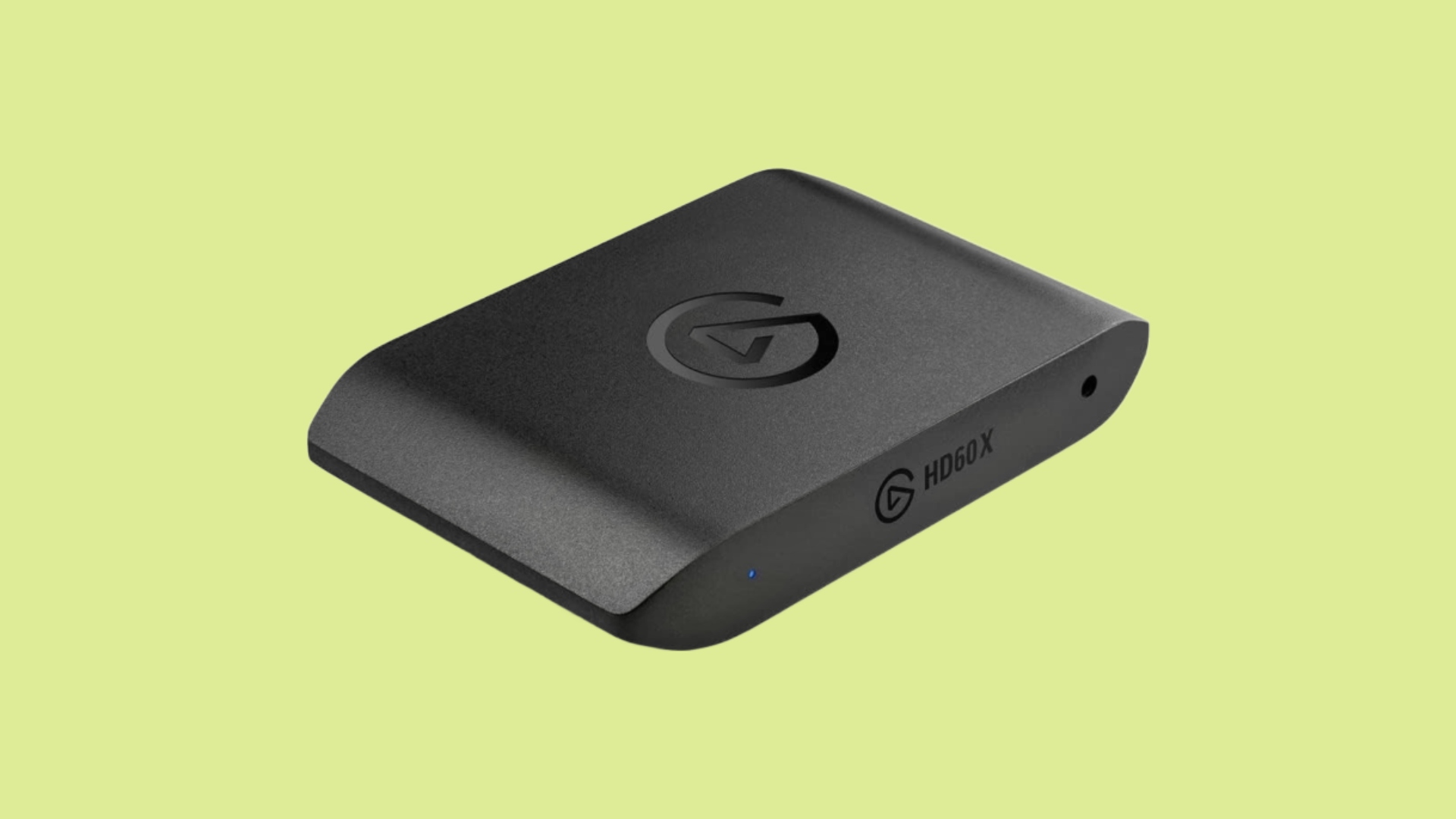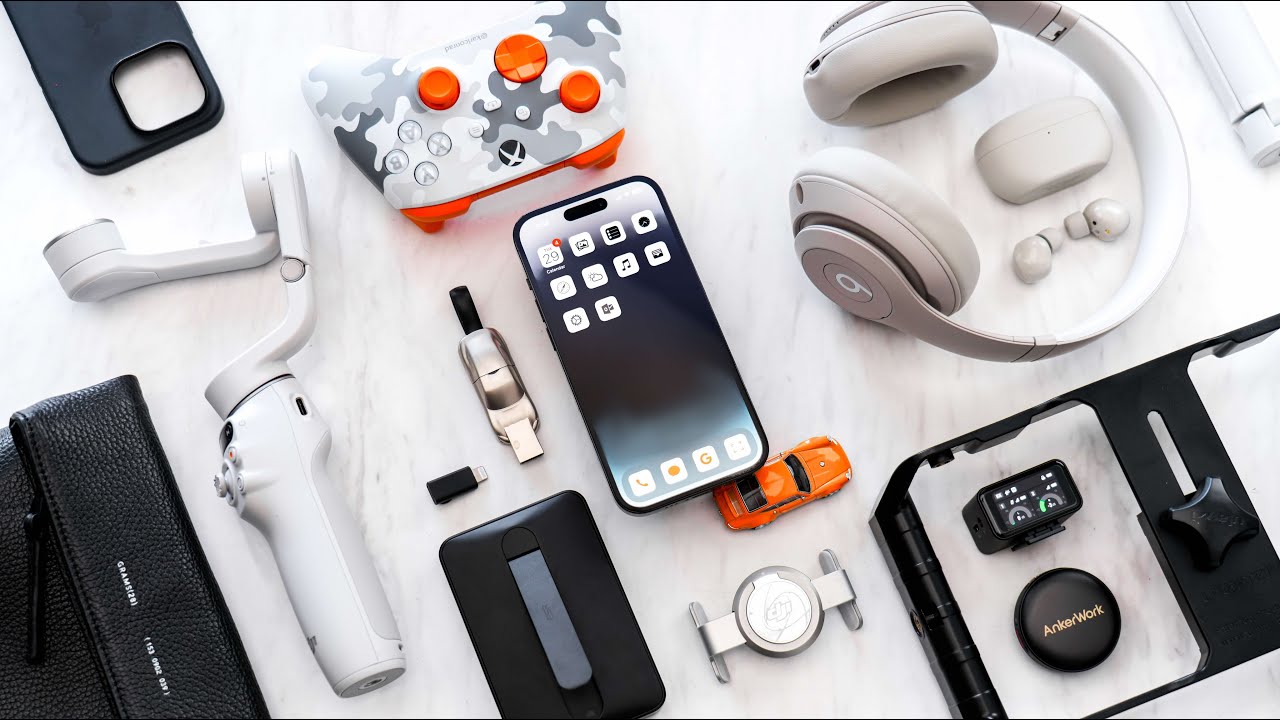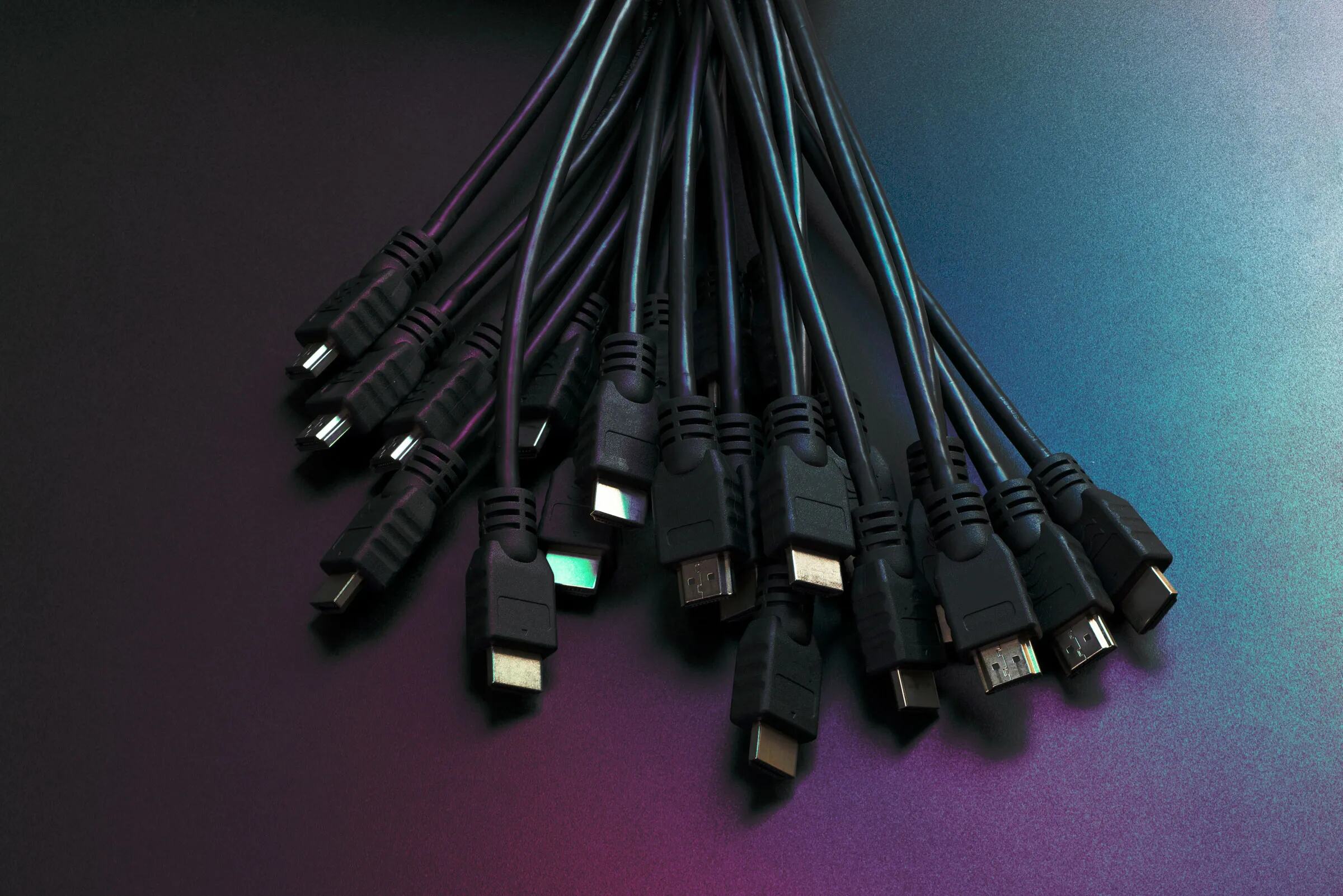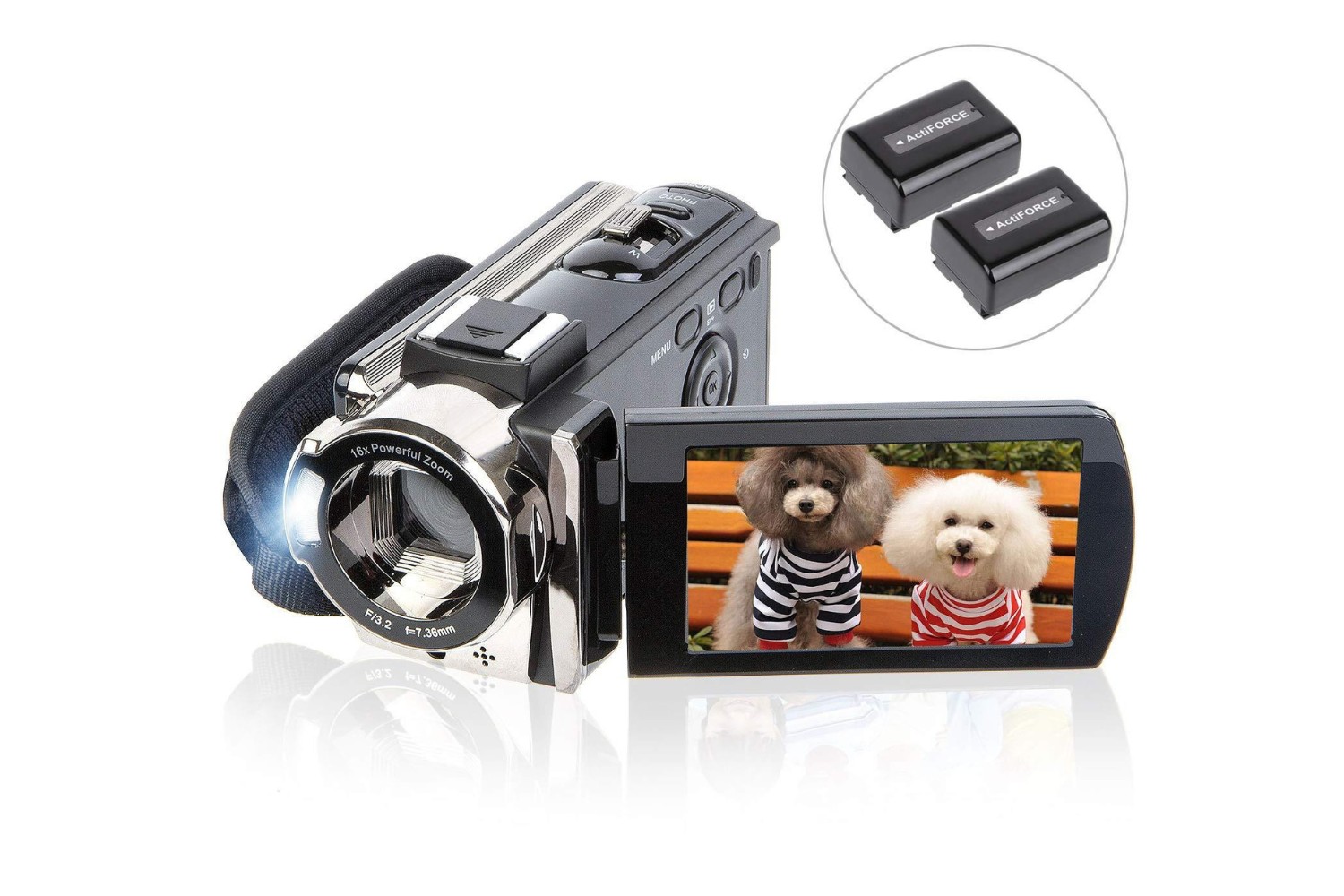Introduction
Welcome to the world of portable car camcorders! These nifty devices are revolutionizing the way we capture and review our driving experiences. Whether you're a road trip enthusiast, a cautious commuter, or simply someone who values the importance of having a record of your time on the road, a portable car camcorder can be an invaluable asset.
In this comprehensive guide, we will walk you through everything you need to know about using a portable car camcorder effectively. From selecting the right camcorder for your needs to installing and adjusting it correctly, as well as utilizing it while driving and managing the captured footage, we've got you covered. By the end of this guide, you will feel confident and well-equipped to make the most of your car camcorder.
This article is designed to be a helpful resource for both beginners and experienced users of portable car camcorders. Whether you're considering purchasing your first car camcorder or looking to optimize the use of your existing one, you'll find practical tips and insights that can enhance your driving experience and provide peace of mind on the road.
So, buckle up and get ready to explore the exciting world of portable car camcorders. Let's dive into the details of how to choose, install, and utilize these innovative devices to capture and review your journeys behind the wheel. Whether it's for safety, entertainment, or simply reliving memorable drives, a portable car camcorder can be a valuable companion on the road.
Choosing the Right Car Camcorder
When it comes to selecting the ideal car camcorder, there are several key factors to consider to ensure that it meets your specific needs and preferences. Here are essential aspects to keep in mind:
- Video Quality: One of the most critical features to consider is the video resolution. Higher resolution cameras can capture clearer details, which can be beneficial for reviewing footage, especially in the event of an incident or for scenic drives.
- Low-Light Performance: Opt for a car camcorder with excellent low-light performance. This capability ensures that the camera can capture clear footage even in dimly lit conditions, such as during evening drives or in tunnels.
- Wide-Angle Lens: A wide-angle lens provides a broader field of view, allowing the camera to capture more of the surroundings. This is particularly advantageous for capturing multiple lanes of traffic and a wider perspective of the road ahead.
- Storage Capacity: Consider the storage capacity of the camcorder. Adequate storage is essential for recording longer journeys without the need for frequent file transfers or overwriting of footage.
- Additional Features: Look for additional features such as built-in GPS, Wi-Fi connectivity, and impact sensors. These features can enhance the functionality of the camcorder, providing GPS data for location tracking, enabling wireless file transfers, and automatically saving footage in the event of a collision.
Furthermore, it’s important to research and compare different models, read user reviews, and consider the reputation of the manufacturer. Reliable brands with a track record of producing durable and high-quality car camcorders should be given preference to ensure a satisfactory long-term investment.
By carefully evaluating these factors and understanding your specific requirements, you can make an informed decision when choosing a car camcorder that aligns with your expectations and enhances your driving experience.
Installing the Car Camcorder
Once you’ve selected the perfect car camcorder for your needs, the next step is to ensure it is correctly installed in your vehicle. Proper installation is crucial for optimal performance and safety. Here’s a step-by-step guide to help you install your car camcorder:
- Choose the Mounting Location: Select a suitable location for mounting the car camcorder. The windshield or dashboard are common choices, providing a clear view of the road while minimizing obstruction to the driver’s line of sight.
- Clean the Mounting Surface: Thoroughly clean the chosen mounting area to ensure a secure attachment. Use a mild cleaning solution and a microfiber cloth to remove any dust, dirt, or residue that could affect the adhesion of the mount.
- Attach the Mount: Follow the manufacturer’s instructions to securely attach the mounting bracket to the chosen location. Ensure that the mount is firmly affixed and does not obstruct the driver’s view or interfere with airbags or other safety features.
- Mount the Car Camcorder: Carefully attach the car camcorder to the mounting bracket, ensuring a secure fit. Double-check that the camera is positioned to capture the desired field of view without any obstructions.
- Connect the Power Supply: Depending on the power source of the car camcorder, connect the appropriate power cable. Some models may utilize the vehicle’s power outlet, while others may require hardwiring for continuous power.
- Adjust the Camera Angle: Fine-tune the camera angle to achieve the optimal view of the road and surroundings. Ensure that the camera is level and pointed in the desired direction to capture clear and comprehensive footage.
It’s essential to refer to the manufacturer’s instructions and guidelines specific to your car camcorder model during the installation process. Additionally, consider any local regulations or laws regarding the use and placement of car camcorders to ensure compliance with legal requirements.
By following these installation steps diligently and with attention to detail, you can securely and effectively install your car camcorder, ready to capture your journeys with confidence and clarity.
Adjusting Camera Settings
After installing your car camcorder, it’s essential to adjust the camera settings to optimize its performance and ensure that it captures footage according to your preferences. Most car camcorders offer a range of customizable settings that can be tailored to suit different driving conditions and individual preferences. Here’s a guide to adjusting the camera settings effectively:
- Video Resolution: Set the video resolution to the desired quality level. Higher resolutions offer clearer details but may consume more storage space, while lower resolutions conserve storage but may sacrifice clarity.
- Exposure and White Balance: Adjust the exposure and white balance settings to ensure that the camera adapts to varying lighting conditions, such as bright sunlight or shaded areas, for well-balanced and clear footage.
- Loop Recording: Enable loop recording to continuously capture footage, overwriting the oldest files when the storage capacity is reached. This ensures that the camera always has space to record new footage without manual intervention.
- Time and Date Stamp: Consider enabling the time and date stamp feature to provide accurate metadata for each recording, facilitating easy reference and organization of footage based on specific dates and times.
- Impact and Motion Detection: If available, configure impact and motion detection settings to trigger the camera to start recording when an impact or movement is detected, providing added security and documentation in the event of an incident.
- Audio Recording: Decide whether to enable audio recording, keeping in mind privacy considerations and local regulations regarding the recording of audio in a vehicle.
It’s important to familiarize yourself with the specific settings and options available on your car camcorder, as different models may offer varying features and customization capabilities. Refer to the user manual or online resources provided by the manufacturer for detailed guidance on adjusting the camera settings effectively.
By fine-tuning the camera settings to align with your preferences and driving conditions, you can ensure that your car camcorder captures high-quality, relevant footage that meets your specific needs and enhances your driving experience.
Using the Car Camcorder While Driving
Once your car camcorder is installed and the settings are adjusted to your preferences, it’s time to understand how to effectively use the device while driving. Here are some essential tips for using your car camcorder on the road:
- Power On and Off: Ensure that the car camcorder is powered on before starting your journey. Familiarize yourself with the power controls and any automatic start-up features to ensure that the camera is recording as soon as you begin driving.
- Position the Camera: Double-check that the camera is correctly positioned to capture the desired field of view. Ensure that the lens is clean and free from obstructions to maintain clear and unobstructed footage.
- Minimize Distractions: Avoid adjusting the car camcorder or reviewing footage while driving. Minimize distractions and focus on safe and attentive driving at all times.
- Utilize Parking Mode: If your car camcorder offers a parking mode, consider activating this feature when leaving your vehicle parked. Parking mode can capture footage in the event of a collision or other incidents while the vehicle is unattended.
- Be Mindful of Privacy: Respect the privacy of others while using the car camcorder. Avoid recording individuals without their consent, especially in private or sensitive settings.
- Review Footage Responsibly: If you need to review footage while driving, do so responsibly. Consider pulling over to a safe location or having a passenger assist with reviewing the footage without distracting the driver.
It’s important to use the car camcorder responsibly and in compliance with local laws and regulations. Familiarize yourself with any specific legal requirements or restrictions related to the use of recording devices in vehicles to ensure that you operate the car camcorder within the bounds of the law.
By incorporating these tips into your driving routine, you can effectively utilize your car camcorder to capture valuable footage while prioritizing safety and responsible driving practices on the road.
Reviewing and Saving Footage
After your journeys, reviewing and saving the footage captured by your car camcorder is a crucial aspect of maximizing its utility. Here’s how to effectively manage and utilize the recorded footage:
- Retrieve the Memory Card: When you’re ready to review the footage, safely remove the memory card from the car camcorder and insert it into a compatible device, such as a computer or a memory card reader.
- Organize Footage by Date and Time: Sort the footage based on the date and time stamp to easily locate recordings from specific journeys or incidents. This organization facilitates efficient retrieval and review of relevant footage.
- Review Footage for Incidents: In the event of an incident or noteworthy driving experience, carefully review the relevant footage to assess the details and circumstances captured by the car camcorder.
- Save Important Footage: Identify and save important footage that may be useful for insurance claims, documenting road hazards, or simply preserving memorable journeys. Create backup copies of significant recordings to prevent accidental loss or damage.
- Share Captured Moments: If you’ve captured scenic drives or memorable moments on the road, consider sharing the footage with friends and family to relive the experiences and create lasting memories.
- Format the Memory Card: Once the footage has been reviewed and saved, consider formatting the memory card in the car camcorder to prepare it for future recordings. Regularly formatting the card helps maintain its performance and storage capacity.
It’s essential to handle the recorded footage responsibly and with consideration for privacy and legal regulations. Respect the privacy of individuals captured in the footage and refrain from sharing recordings that may infringe on privacy rights or legal restrictions.
By effectively reviewing, organizing, and saving the footage captured by your car camcorder, you can leverage the device to document important events, relive memorable drives, and maintain a record of your experiences on the road.
Maintaining Your Car Camcorder
Proper maintenance of your car camcorder is essential to ensure its consistent performance and longevity. By incorporating regular maintenance practices, you can preserve the functionality of the device and maximize its reliability. Here are key maintenance tips for your car camcorder:
- Keep the Lens Clean: Regularly inspect and clean the camera lens to remove dust, dirt, and smudges that can affect the quality of the footage. Use a soft, lint-free cloth to gently wipe the lens and maintain clear visibility.
- Secure Mounting: Periodically check the mounting bracket and ensure that it remains securely attached to the windshield or dashboard. Verify that the camera is firmly mounted and positioned correctly to maintain a clear field of view.
- Check Power Connections: Inspect the power cables and connections to ensure they are secure and free from damage. Loose or damaged power connections can result in intermittent power supply to the car camcorder.
- Monitor Storage Capacity: Keep track of the available storage space on the memory card. Regularly offload saved footage to a secure storage device and format the memory card as needed to maintain ample storage capacity for new recordings.
- Update Firmware: Check for firmware updates provided by the manufacturer and follow the recommended procedures to update the car camcorder’s firmware. Firmware updates often include performance enhancements and bug fixes.
- Protect from Extreme Temperatures: Avoid exposing the car camcorder to extreme temperatures, as prolonged exposure to heat or cold can adversely affect the device’s components and performance. Park in shaded areas when possible to minimize heat exposure.
Additionally, refer to the user manual and manufacturer’s guidelines for specific maintenance recommendations tailored to your car camcorder model. Adhering to the manufacturer’s instructions can help preserve the warranty and ensure that maintenance practices align with the device’s specifications.
By integrating these maintenance practices into your routine, you can uphold the operational integrity of your car camcorder, prolong its lifespan, and continue to benefit from reliable and high-quality recordings of your journeys on the road.
Conclusion
Congratulations! You’ve now gained valuable insights into the world of portable car camcorders and how to harness their potential to enhance your driving experience. From selecting the right car camcorder to installing, adjusting, and utilizing it effectively, you’re well-equipped to make the most of this innovative device.
By carefully considering factors such as video quality, low-light performance, and additional features when choosing a car camcorder, you can ensure that it aligns with your specific requirements. Proper installation and adjustment of camera settings further optimize the functionality of the device, setting the stage for clear and comprehensive footage capture during your journeys.
When using the car camcorder while driving, prioritizing safety and responsible operation is paramount. Minimizing distractions and respecting privacy considerations contribute to the responsible and ethical use of the device on the road.
After capturing footage, reviewing and saving it in an organized manner allows you to document important events, relive memorable drives, and maintain a record of your experiences. Additionally, regular maintenance practices, such as keeping the lens clean and monitoring storage capacity, ensure the continued reliability and performance of your car camcorder.
As you embark on your driving adventures, whether for practical commuting or leisurely road trips, your portable car camcorder stands ready to capture the moments and provide an added layer of security and documentation. By integrating the knowledge and tips from this guide into your car camcorder usage, you can enjoy peace of mind, enhanced safety, and a wealth of memorable footage from your time behind the wheel.
Now, with a comprehensive understanding of how to select, install, adjust, utilize, and maintain your car camcorder, you’re poised to embark on your journeys with confidence, knowing that your experiences on the road are captured with clarity and precision.







